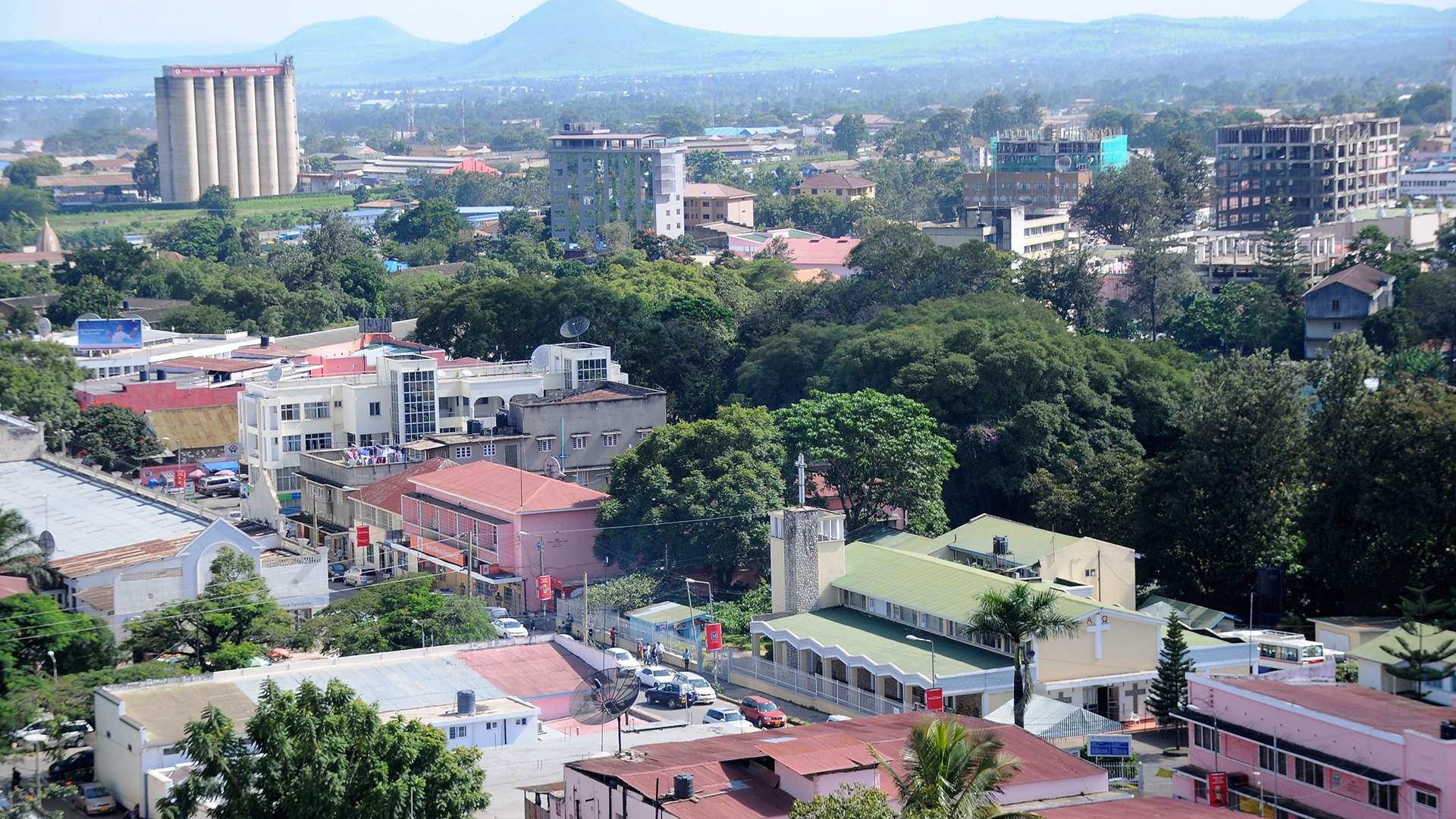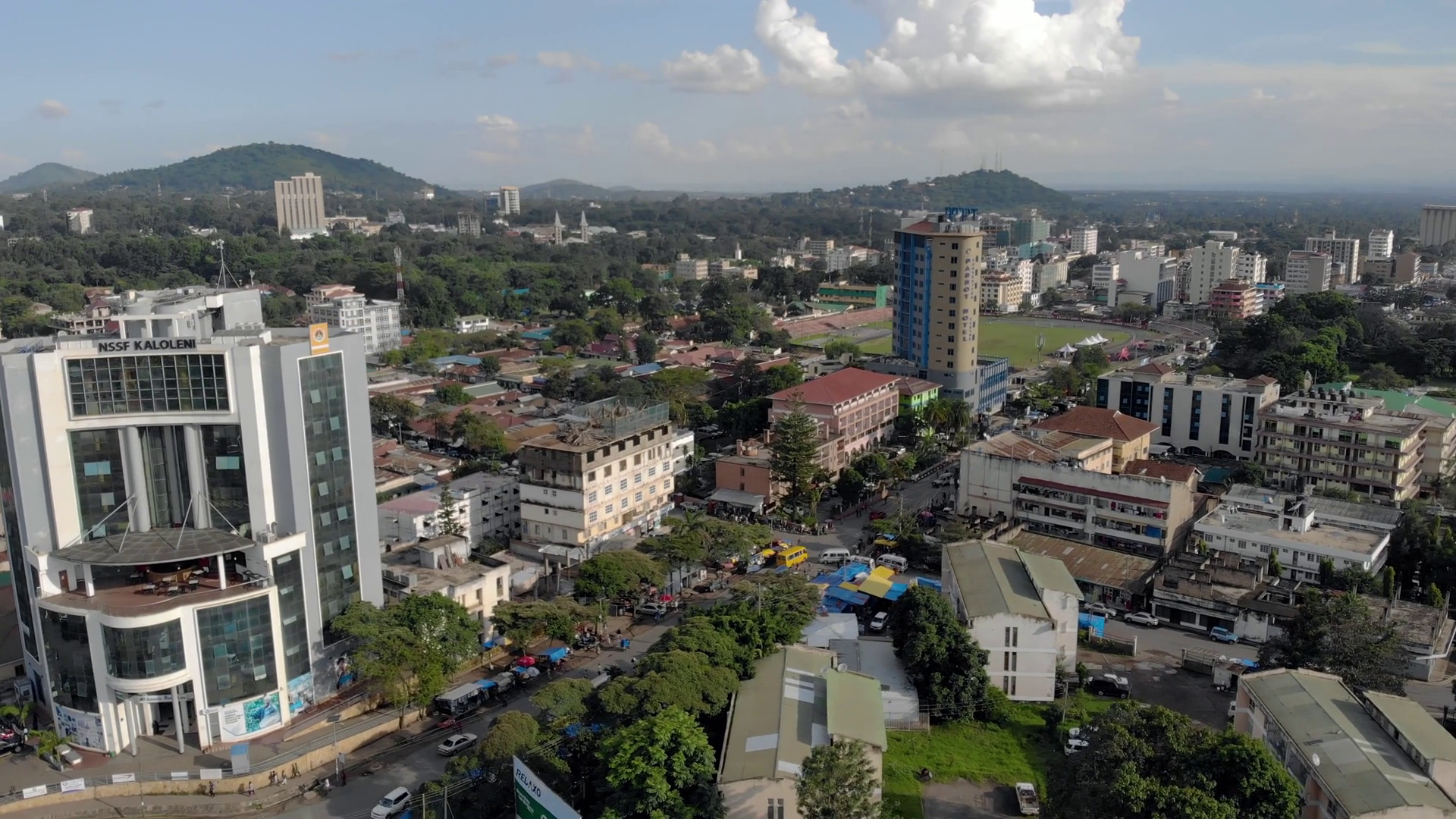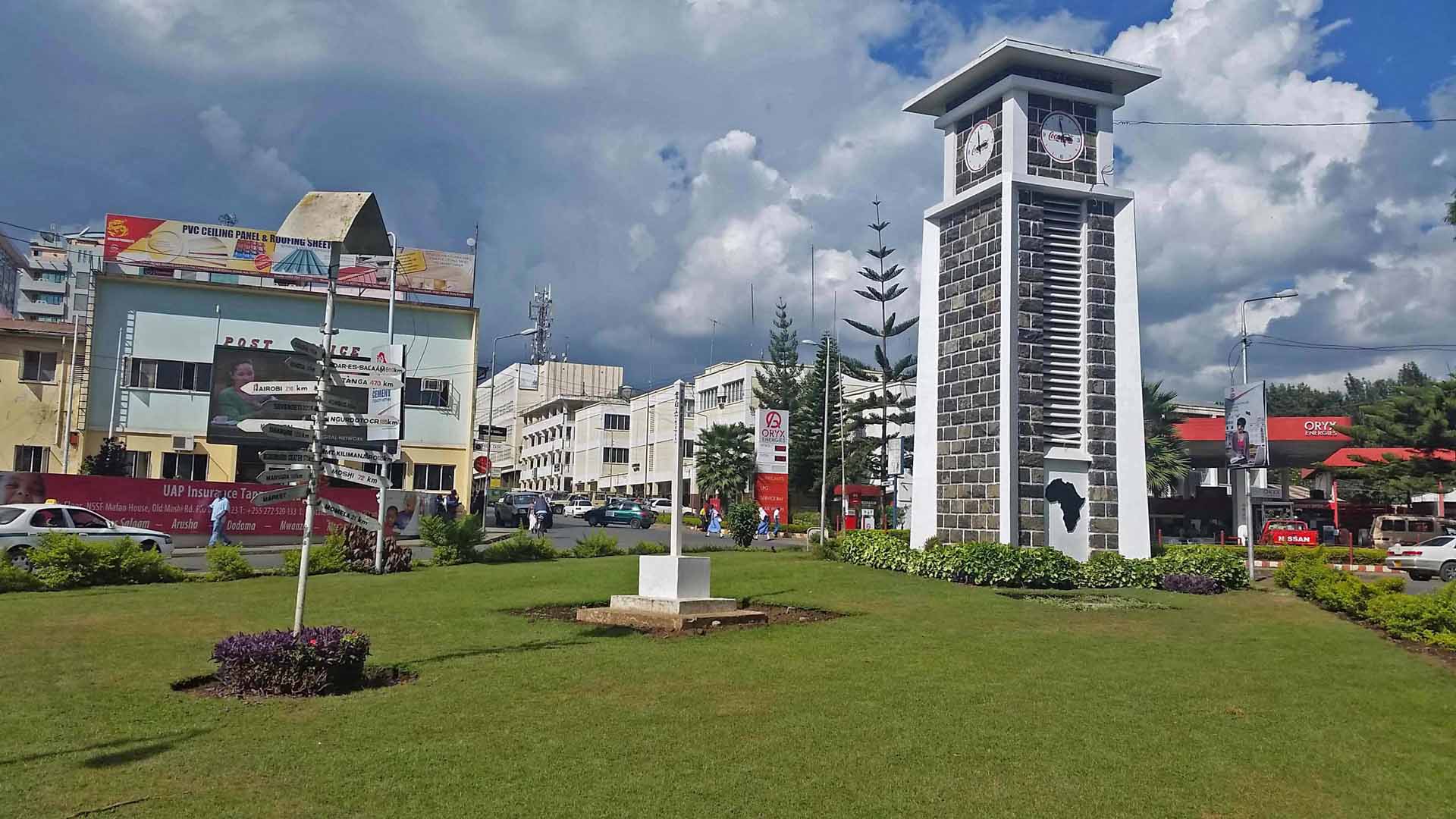| Frequently Asked Questions: | |
| What do I bring on a safari/trek? | |
| WHAT TO BRING ON A TREK: Waterproof rucksack & daypack Sleeping bag (at least 3 seasons) Boots and light trainers Balaklawa or woolen hat Scarf Snow-goggles/sunglasses Gaiters (useful when encountering snow, scree, mud etc.) Gloves and mittens Sweaters/jumpers Pants and jacket (water-and-windproof) Long sleeved shirt Anorak/raincoat Thermal underwear Several pairs of socks Small towel and wash kit Water bottle First aid kit and insect repellant Sun protection cream and lip salve Flashlight (head mounted preferable) Spare batteries Whistle Some plastic bags Wooden walking stick/ski pole Toiletry requirements Roll mats + insulation pads NOTE: It is recommended that you take several thin layers of clothing as opposed to a few thick ones. Try and get clothed to allow ventilation. You may also want to get clothing made of synthetic materials, because woolen clothing take long to dry. Your boots should be well “broken into” to avoid irritation, blisters and pain.Back to top | WHAT TO BRING ON A SAFARI: Sleeping bag Flashlight Spare batteries Sunglasses Sun protection lotion Mosquito repellent Toiletry requirements Towel Wash kit Long sleeved shirt/jumper Trouser Warm sweater Hat Binoculars Camera Films Small daypack |
| What if it rains? | |
| The rain season starts in mid March and ends in late May. There is also a short rain season of two weeks in November. Contrary to beliefs, it does not poor down all day long, but one can expect rain showers in the early mornings and in the evenings. Normally, it doesn’t affect the game viewing. If you are planning on going on a camping safari, be prepared for the rains, and bring water proof gear. Our tents are all waterproof and can stand heavy showers. Back to top | |
| What is included and what else do I have to pay? | |
| All park entry fees, camping/hut fees, rescue fees, fullboard accommodation, English speaking guides, porters, 4×4 vehicle, unlimited game viewing within park opening hours, camping equipment and AAR Emergency Rescue and Evacuation Insurance is included in the prices.Personal requirements (bottled water, beer, cigarettes, soap etc) and tipping is not included in the price. Calculate an amount of 5-10% of what you have paid for your tour, and give it as a tip to the crew. (if you are satisfied with the services…)If you want to stop at Maasai villages and take photographs of the locals, you have to pay an entrance fee and negotiate with them if they ask you to pay for taking photographs of the locals. If you want to have a stopover at Olduvai Gorge, you have to pay a modest entrance fee. Back to top | |
| Can I bring my children on safari/trekking? | |
| There are no age restrictions in the national parks. However, children below 11 are not allowed to trek Kilimanjaro or Mount Meru. When choosing a safari itinerary, keep in mind that young children often get tired on long transit drives, so it is better to focus on parks close to each other and spend more time in each of them. Once the animals start appearing, the hours fly by and what is actually a day in a car will not be tiresome to children (or adults!). Click here for photos from a family safari in Tarangire and Lake Manyara National Park. Back to top | |
| We are a group of 8 people. Do we get a discount? | |
| Of course. We have special rates for large groups, depending on the itinerary. Contact us for more information. Back to top | |
| I’m alone and on a budget. What can you do for me? | |
| We can book you in one of our groups. If you are flexible when it comes to departure dates and itineraries, you can hook up with other people who have already booked and get our “last leg” discount. Back to top | |
| What are the best times to visit the parks? | |
| Serengeti: October-June Ngorongoro: All year round Lake Manyara: All year round Tarangire: Dry season Arusha Park: All year round Kilimanjaro: All year round, but the rainy season is generally not recommended due to snow and rainfall. Back to top | |
| I’m a female traveler. Any advice? | |
| Prepare yourself for attention and marriage proposals! OK, seriously: Take precaution, as you would in any unfamiliar area. Don’t walk alone after dark, don’t show off your valuables, and don’t leave your drink on the table while you go to the toilet. Follow the dress code: Don’t wear skimpy outfits, it will only bring unwanted attention. Don’t show your cleavage. In Muslim areas, cover your knees and shoulders. (this is a good idea in remote villages as well). For some reason, locals get excited when they see women in tight trousers/shorts. Tight capri pants is a bad idea unless you are craving for attention and men whistling and shouting. Be firm, but polite when saying no to an invitation (an you can expect many to invite you to the disco). Be smart, and avoid uncomfortable situations. But most important of all: Don’t walk around with constant fear, the odds are that nothing will happen. Enjoy your holiday and relax. Back to top | |
| Suitcase or backpack? | |
| It depends where you are going and how you are getting there. If you are going on a lodge safari and flying between the mainland and the coast, a suitcase will be fine. If you are “roughing it”, bring a backpack. Remember that suitcases are not allowed up Kilimanjaro. Back to top | |
| Which route do you recommend for Kilimanjaro? | |
| Machame route. It is known as the “Whisky route”, while Marangu is known as the “Coca Cola route”. There is a great difference between the two most popular routes. Machame route lets you see more of the mountain, as you are ascending Machame but descending Mweka. In Marangu route you are ascending and descending on the same path. Choosing Machame, you will see more of the scenery, and acclimatization is done while you are walking, as opposed to resting days where you stay at the huts in Marangu route. While walking up Machame route, you are trekking through Karranga Valley for acclimatization, you are gaining minimal height while keeping yourself active and enjoying the scenery. The trek to the summit is hard in both routes, but Machame has its advantages: it is less steep than Marangu route, and most people spend less time reaching the peak than in Marangu. So we highly recommend Machame route, as long as it is done in 6 days and you avoid taking the Arrow Glacier shortcut. For those of you who want to have the comfort of sleeping in huts, Marangu route is the only option. Back to top | |
| How close do I get to the animals? | |
| It is important to carefully follow the park regulations. Therefore, the guide is not allowed to drive off the tracks to approach animals. Generally, the guide should keep a distance of at least 25 metres from the animals, but some animals actually approach vehicles or stay close to the tracks, so you will probably get up and close to the wildlife. We have had clients surrounded by herds of elephants and lions, close enough to reach out and touch them (this is not a good idea!). Remember that the parks are not zoos, and that close encounters are not guaranteed! Back to top | |
| How many people make it to the top of Kilimanjaro? | |
| Our statistics are very good: 85% of our clients have reached the Uhuru Peak since January 2001. The people who did not make it, either got too exhausted or were suffering from strong headaches and nausea due to the altitude. There is no telling who will make it, but the best advice is to take it slow, drink lots of water and pay attention to symptoms of altitude sickness. Back to top | |
| Will there be a lot of driving between the parks? | |
| It depends on your itinerary. If you are short on time and want to see as many parks as possible, you will be spending more time on transfers between the parks compared to longer itineraries. Lake Manyara, Tarangire and Arusha National Park are situated not far from Arusha (30 minutes up to 2 hours). Serengeti and Ngorongoro are further way, and to fully enjoy these parks you should go for a 4-5 days tour at the minimum. The national parks are open from 7am to 6pm, and we do our best to create itineraries where you’ll spend most of your time in the wilds! Back to top | |
| Do your vehicles have open roofs? | |
| All our vehicles are custom made for safaris. They have pop up roofs for excellent viewing. On most of our vehicles, you can completely remove the roof, to get maximum views and the opportunity to work on your tan! (remember sun protection lotion)Back to top | |
| Do I have to pay extra to take pictures inside the parks? | |
| No. You can film and photograph as much as you want. If you are taking pictures of locals, you might be asked to pay them for the privilege.Back to top | |
| Can I climb Mount Meru and Kilimanjaro independently? | |
| You can not climb Kilimanjaro without the organization of a licensed company. There are strict rules regarding guides, porters and weight-limit for the luggage. You can arrange a trek to Mount Meru on your own. But booking with a company has many benefits: You don’t have to arrange the food yourself, porters will carry your supplies and you are in safe hands should anything happen. Even if you arrange it on your own, there are rules to be followed: An armed ranger must accompany you, and you are not allowed to carry more than 15kg. | |
| We are interested in the Hadzabe bushmen in Lake Easi. How do we get there and what kind of activities are offered? | |
| Booking a normal safari-tour, you can add 2 days to visit the Hadzabe tribe in Lake Eyasi. The guide will drive to Lake Eyasi after visiting Lake Manyara on your way to Ngorongoro and Serengeti. In Lake Eyasi, you can hunt with the bushmen, learn about their local traditions and get a sightseeing at Lake Eyasi, where numerous flamingoes can be spotted. You will overnight at the shores of Lake Eyasi. | |
| Why is the trek through the Ngorongoro Crater Highlands so expensive? | |
| Because of the camping fees and the number of people/donkeys escorting you. You are camping in special campsites, which is twice the price of normal campsites. You are escorted by a trained guide from our office, an armed ranger from the Ngorongoro Conservation Area Authority, Maasai warriors and donkeys (to carry your supplies). | |
| Can you pick me up at the airport? | |
| Yes. We arrange transfers from Kilimanjaro, Dar es Salaam and Nairobi International Airports. Booking a tour with us, the pickup from Kilimanjaro and Nairobi Airport is complimentary. Transfers from the other airports can be done by private vehicle, flight or shuttle bus. Contact us for more details. Back to top | |
| Will you sub contract me to other companies? | |
| No. We own a fleet of vehicles and have permanently employed guides and cooks. We don’t use the service of other safari operators. We do on occasion buy clients from other companies to fill up the vehicle, but we never sell our clients to other companies. Once you have booked a tour with us, you hold a contract and you are guaranteed to depart on the agreed date at the agreed price. However, the national parks, campsites, lodges and airlines are not the property of Trans-Kibo Travels Tanzania Tours and services received at these establishments are beyond our control. E.g lack of water at the campsites or delayed flights are not valid reasons for refund. | |
| How do I pay you? | |
Booking from abroad, we require a 25-50% deposit (bank transfer) upon confirming the tour. The balance can be paid on arrival in Arusha. When in Arusha, you can use travelers cheques, cash ($ or Tsh) and credit card facilities in town. We accept part payment by travelers cheques and visa/mastercard. Amendment and cancellation policy:
|
|



Our Support and Sales team is available 24 /7 to answer your queries.